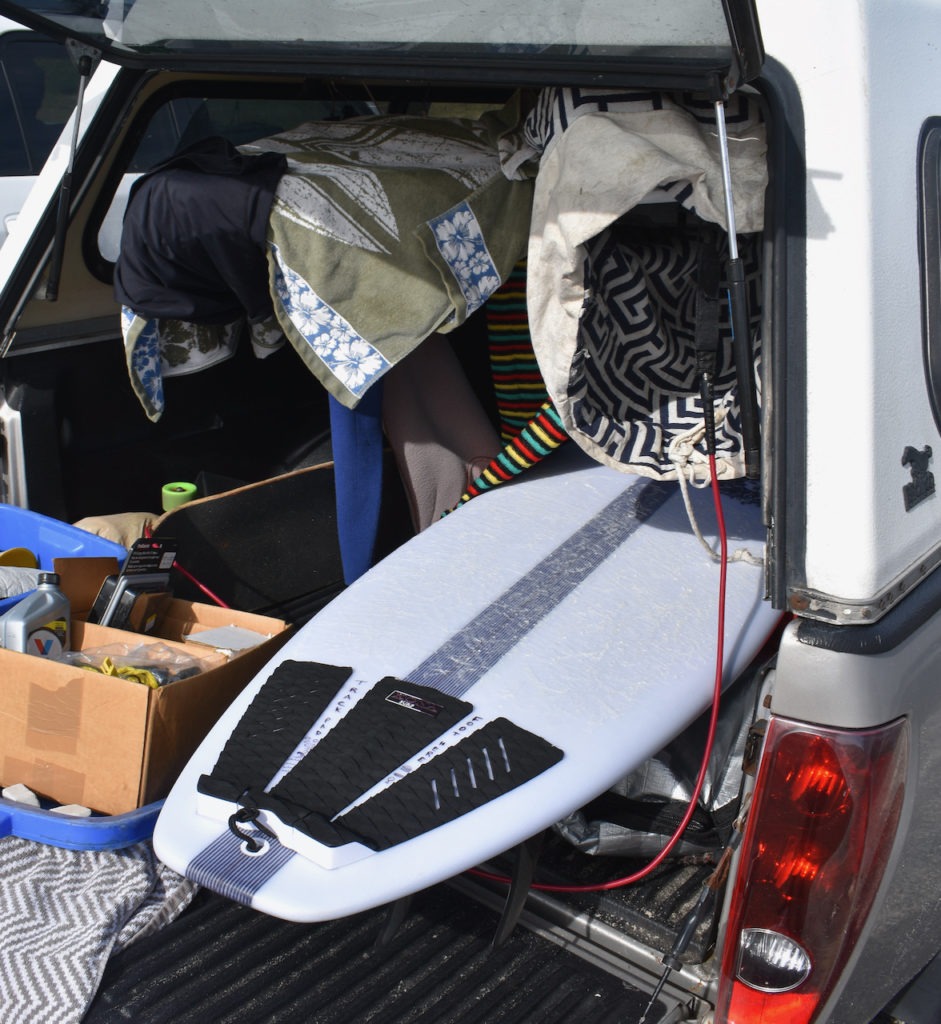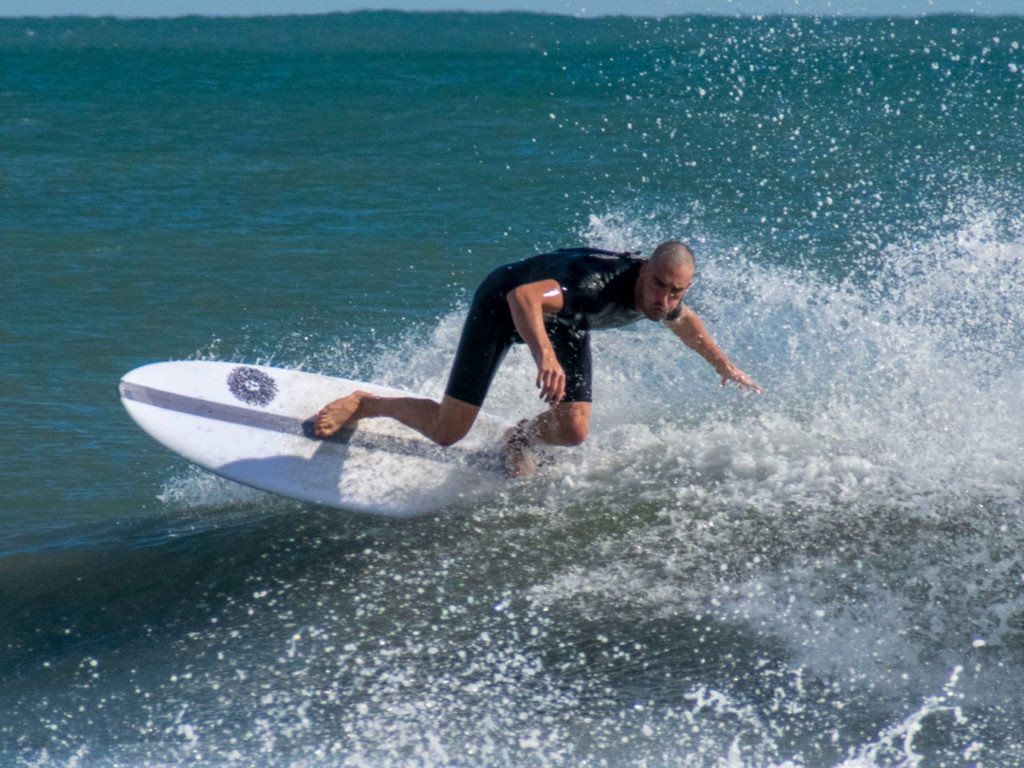By Ryan Gallagher
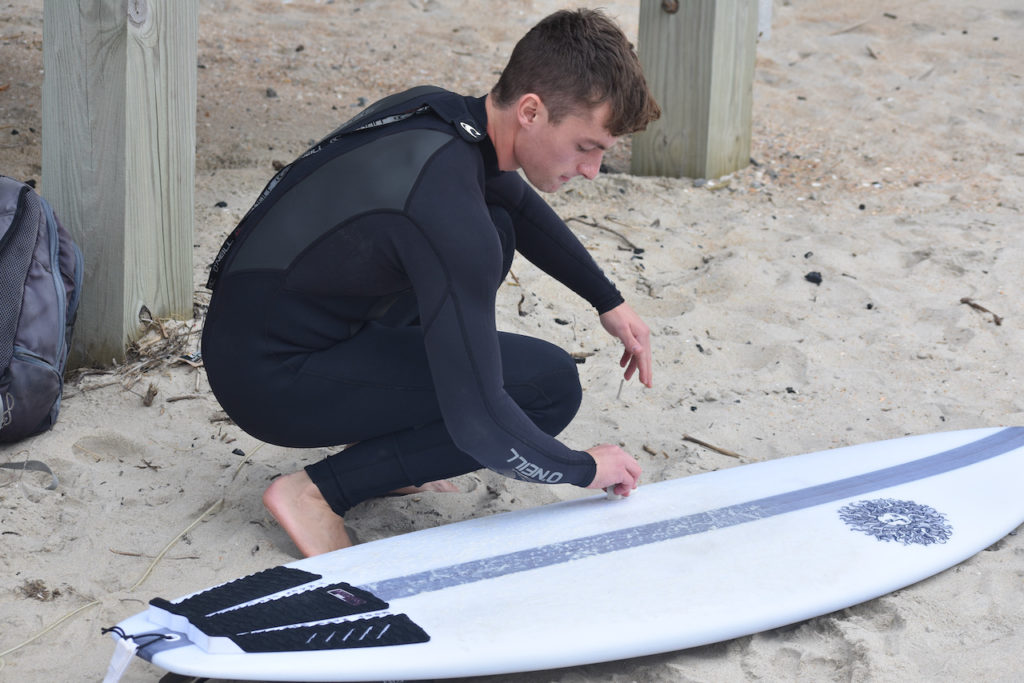
The board in question today is called the “Jersey Jack” by Kona Surf Company of Wildwood, NJ. The dims of the board I rode are as follows: 5′ 10″ x 21.9″ wide x 2.7″ thick x 38 liters.
The original board concept was shaped by Mike Owen of Cape May and designed by Mike Sciarra in Wildwood, NJ at the Kona Board House.
Board House manager, Nick Ceccoli described the model as the, “Perfect [board] for new surfers looking for their first shortboard, as well as seasoned surfers looking for a groveler with tons of volume but packing tons of performance.”
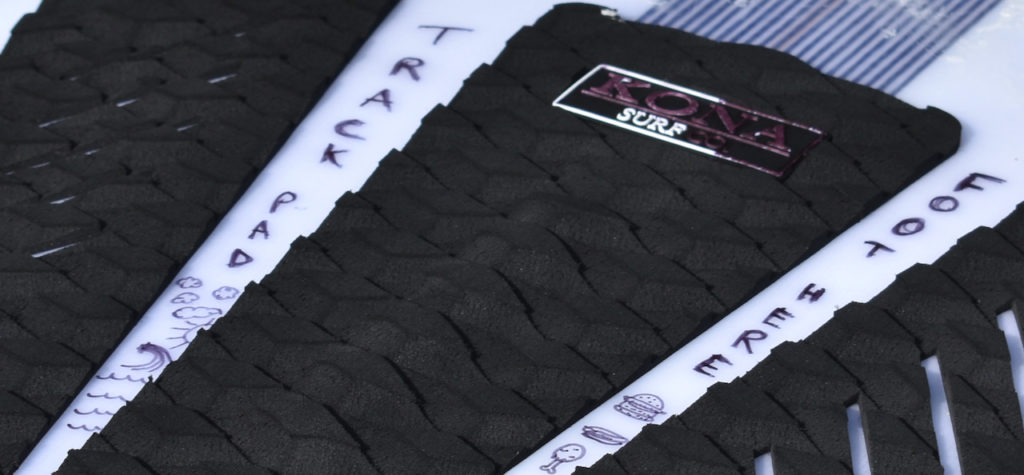
Before I went off to the Outer Banks for a Fall month of tubes, Nick Ceccoli asked if I wanted to write a review on one of the shop boards.
“So, I get a new surfboard,” I said. “And all I have to do is ride it? And write a review?”
He nodded. I agreed. “Fuck yea buddy.” Thanks Nicky.
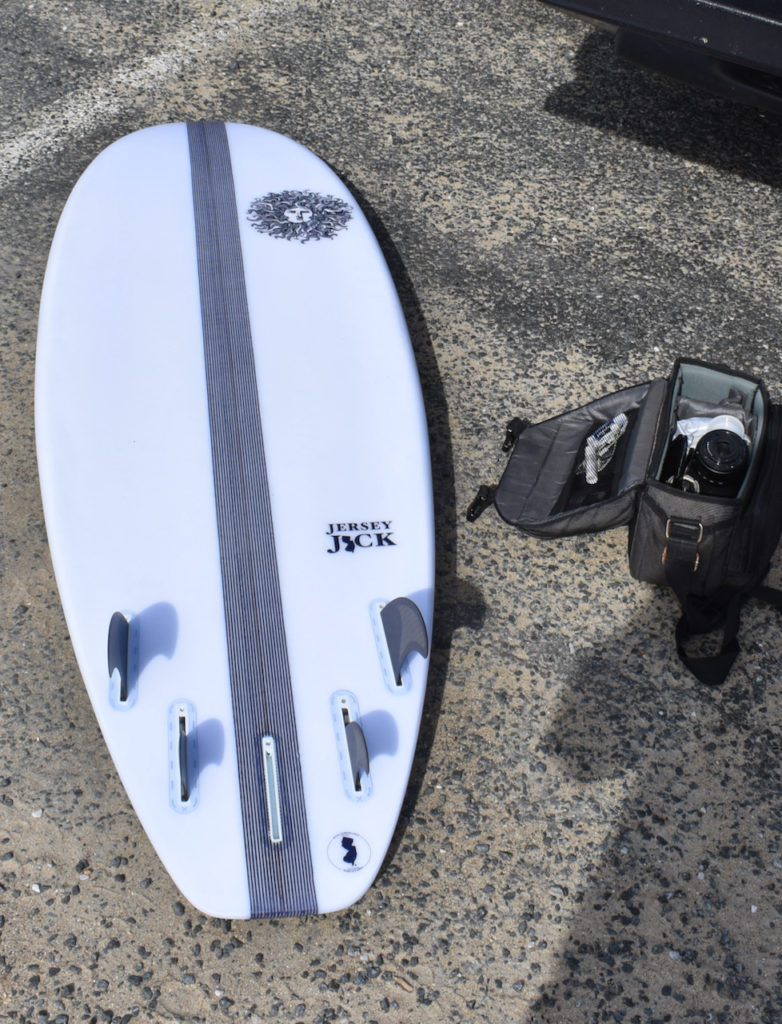
So let’s get down to brass tacks here…
We’ll start with the advantages of this board:
For me, this board was a very welcomed addition to my quiver for one reason–it’s an Epoxy/EPS. Years ago, I had a few epoxy boards in my quiver–the Haydenshapes Hypto Krypto, SOLID’s Bean model, etc. However, I broke these boards in half. Soon after, I began building a quiver of local, hand-shaped Poly boards. I personally liked the weight of the Poly boards. However, I noticed that I was missing a light, epoxy-type in my sheath of shred sticks. So, the “Jersey Jack” board was just that, for me. It’s light, wide, flat, and as a result, very fast. I ran it with a quad setup and didn’t look back once. I hadn’t ridden a quad-fin setup in years and thoroughly enjoyed adding that back into my repertoire. I felt the quad setup induced speed, held better than my twin fin, but would also slide out a bit on the more radical turns (which can be super fun). The other great thing about this board is that I was able to ride it in a variety of conditions. Being so wide, I was able to use this in grovelly waves. However, it still packed some performance punch, and was fun to ride in shoulder to head-high conditions too.
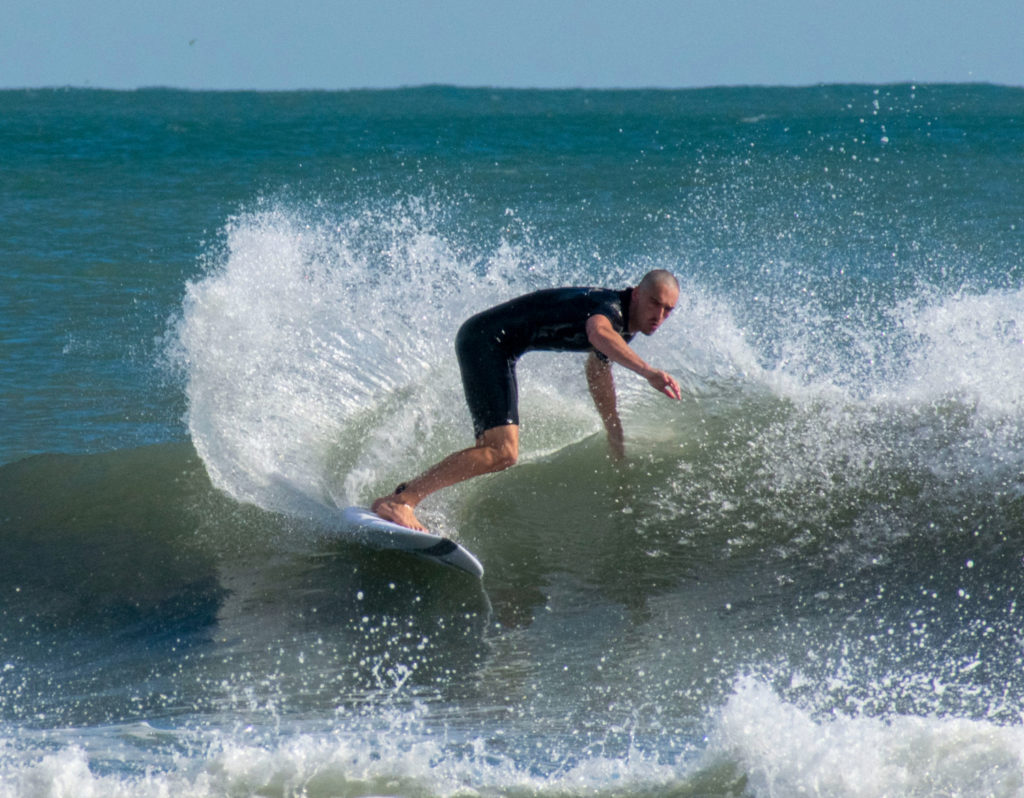
Drawbacks:
The last advantage also brings me to the board’s biggest drawback: It failed in under-the-lip surfing conditions. However, I’m sure anyone would look at this board and tell you not to ride it in top-to-bottom beach break surf (I did because those are the waves I’m constantly looking for). It worked in most conditions and got me into waves early because of the board’s girth. However, when I was forced into a late drop on a set wave–the board would often skid out. I also felt that this board didn’t fit well into barreling waves with more vertical (or over-vert) shape. So, when you really need to rely on a board in waves of higher consequence–don’t opt for the “Jersey Jack.” What’s more, on OBX it can be quite windy. This board did not do well during windy sessions because of it’s weight. When I am surfing in high winds, I like having a board I can really feel under me. I hate feeling like there’s nothing under my feet or under my body during those gusty offshore days or the drifty side-shore days.
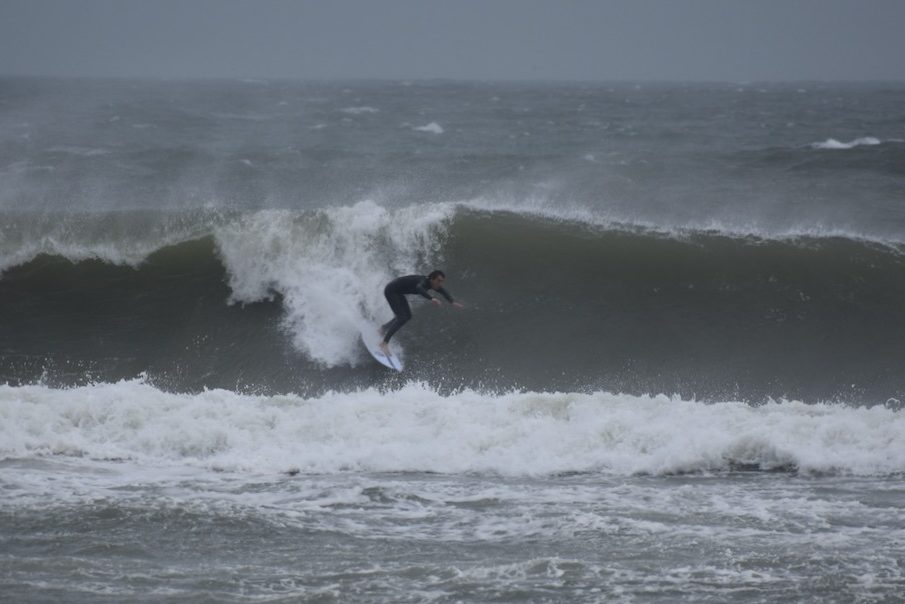
So, who would like this board?
I think anyone could hop on the “Jersey Jack” and have a fun session. Furthermore, this board was a breath of fresh air for me–as someone who has been riding a hand-shaped, poly twin fin for the last two years. It was nice to hop on a board with no surprises. I think a standard “shortboard guy” would enjoy this board. If you have ever tried a CI “Average Joe” and like that, then I’m sure you would like this board too. And I think a beginner surfer would find this board very user-friendly when transitioning skill levels. I could see a beginner really improving on something like this. As a matter of fact, beginner-surfer James Paps took a 6′ 4″ version of this board down to OBX and was able to use it in all conditions. What’s more, he was able to improve his “shortboard” style surfing without sacrificing much.
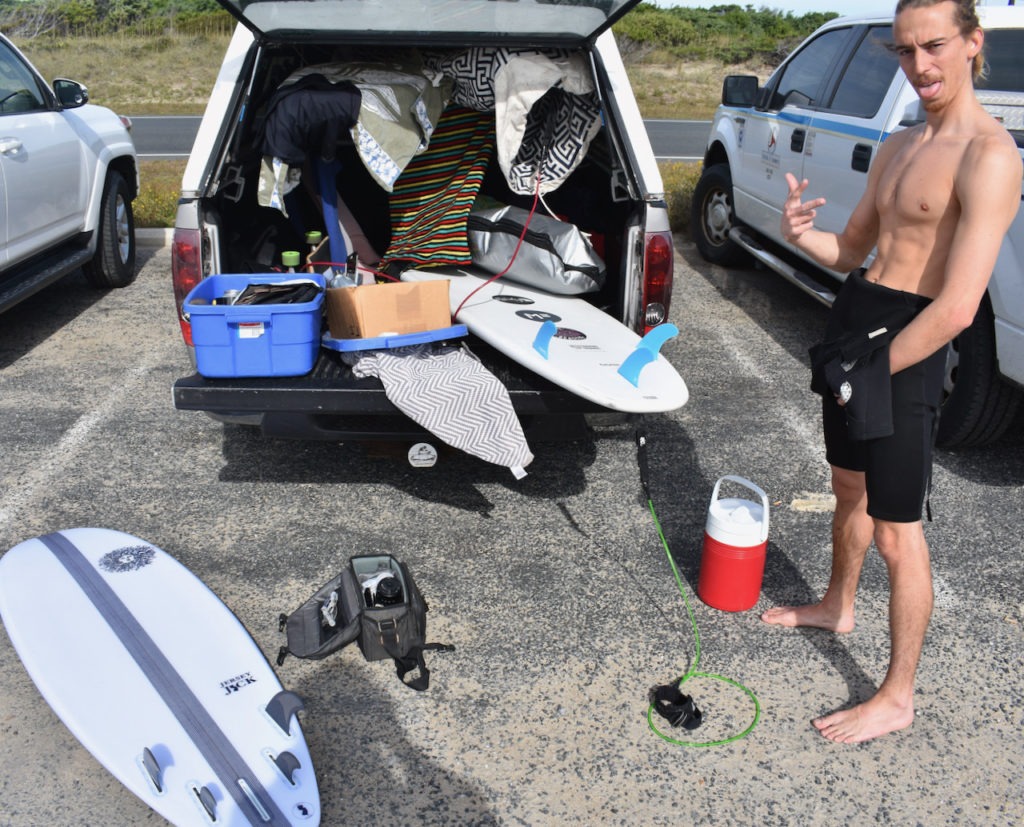
Who would not like this board?
On the other hand, I believe that someone might not like this board if they’ve been riding epoxy boards for a while. For that person, I think this board would feel fairly stagnant. What’s more, I feel like this board might lose someone who is on the “high-performance” end of the spectrum. I’m thinking of the contest surfer who only rides their bladed-out shortboard. Otherwise, someone who rides logs, twins, single-fins, etc. might not like this board just for style reasons. Some boards do their own thing–and sometimes that can be very fun to go along with. But, if a person likes the feeling of drawing weird lines with a hefty single-fin (for example), they might not enjoy the stock-standardness of this craft.
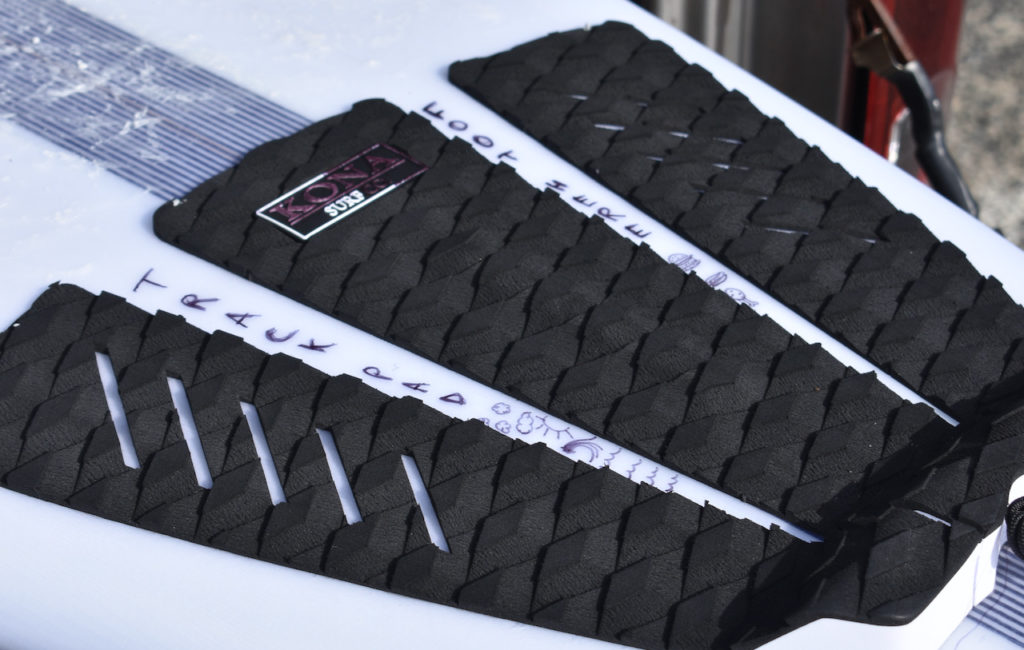
Score & Summation
8/10
The score I gave the “Jersey Jack” is specific to this board. It’s hard to score surfboards because you could have two “8/10” boards, but they’re completely different. Having said that, this board checked all the boxes I needed it to. The board performed well in the conditions that it was built for. The board was solid and did everything I expected of it. However, the board didn’t do anything unexpected–if that makes sense. It’s a common model and makes for a great addition to the quiver–whether you’re just starting out, a seasoned veteran, or somewhere in the middle like me. Otherwise, people who know me might also know that I’ve never been the biggest advocate for Kona’s boards. This feeling is due to working at a rival surf shop (so just dumb pride) and the fact that many of their boards are machine-cut “pop-out” style. The “Jersey Jack” board I rode was mass-produced overseas and shipped in to NJ. I love and prefer the concept of American-made products. However, this is not always feasible (just look at all of the products you have in your Amazon shopping cart). After riding this board, I understand that there is a place for such surf crafts in our community. It’s the same reason that most of the WSL guys don’t stray too far from what they know works. And it’s something that is done to meet high demand. While I have been a big supporter of local, beginning-to-end-handmade boards, it’s safe to say that there is something nice about riding a board that’s not quite a piece of art and more just for utility. The board never dinged or broke in any way. And this board was one that I almost always kept in my truck because I knew I could always resort to riding this as a “Plan B” no matter what the conditions had in store. Thanks to Nick and the Kona team, I will continue to keep this board in my rotation for as long as it’ll handle my heavy feet stomping through turns and trying airs that I will not land.
